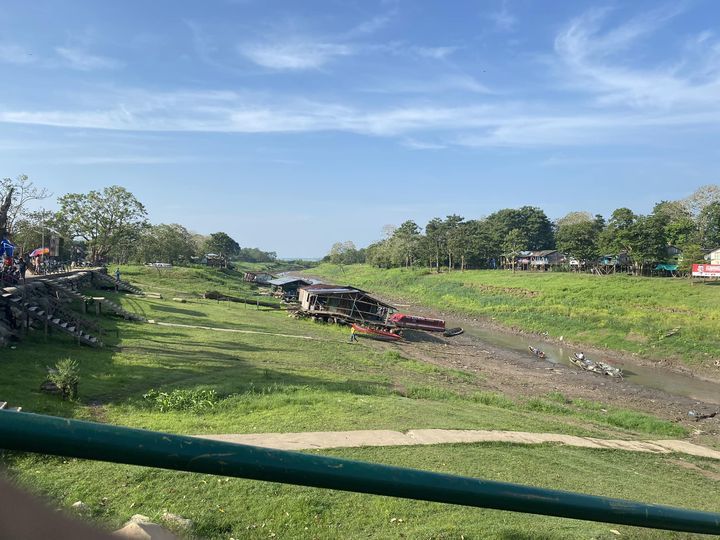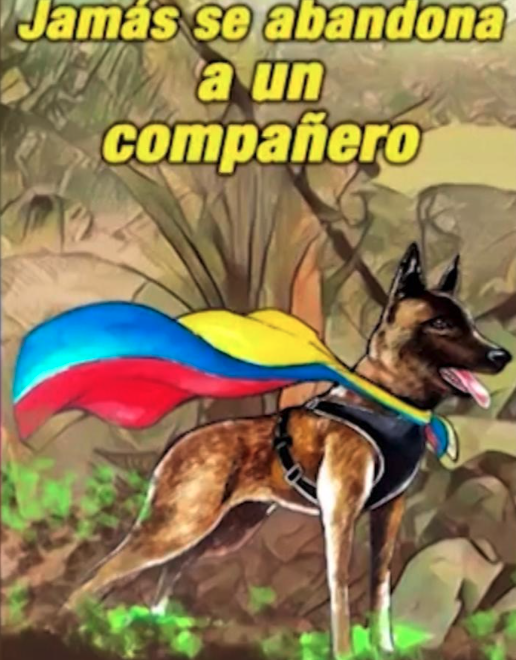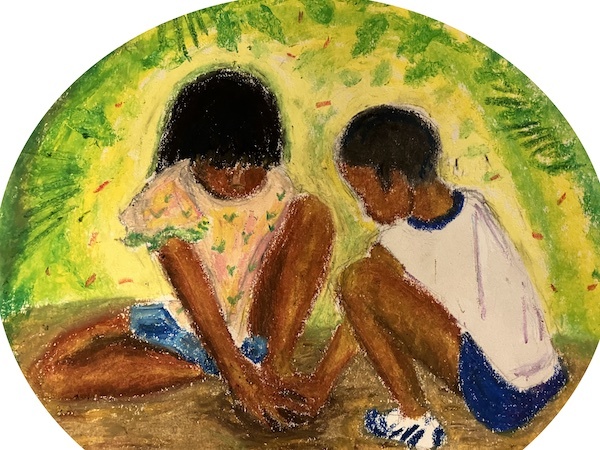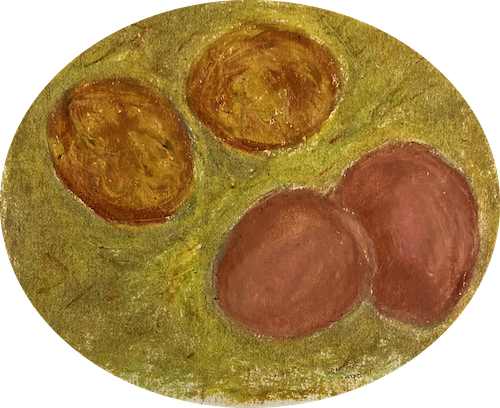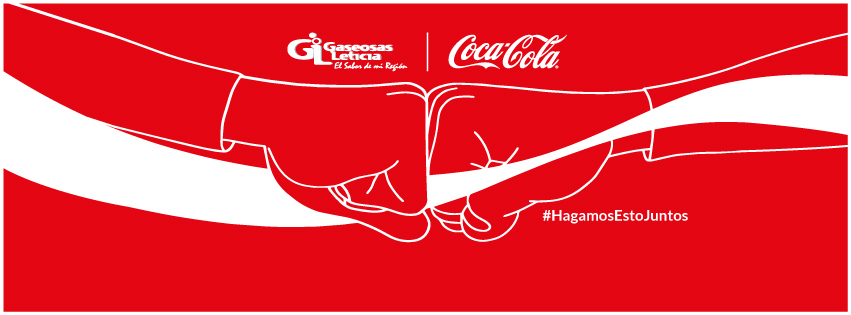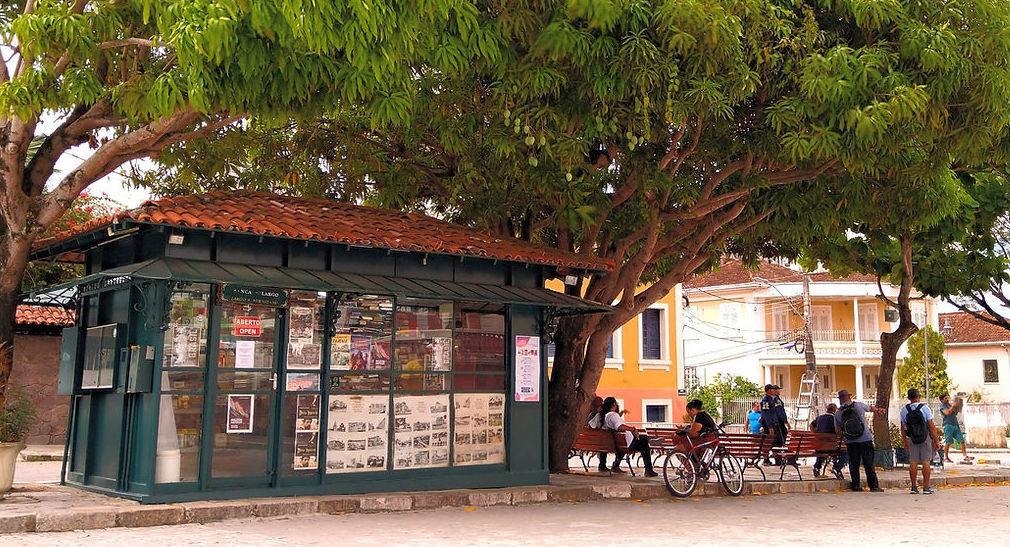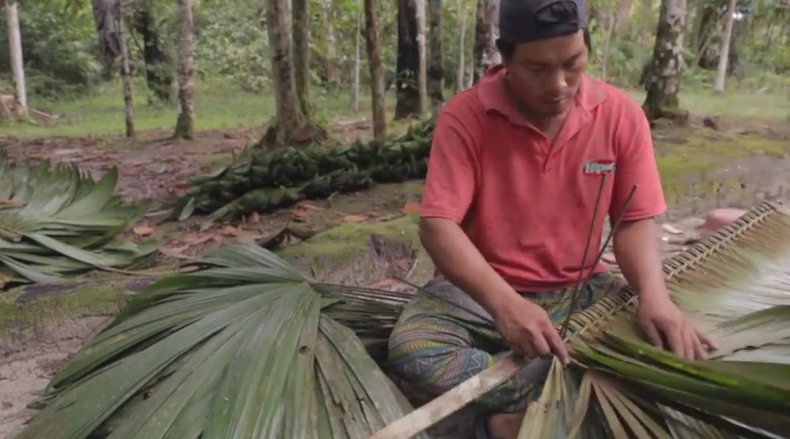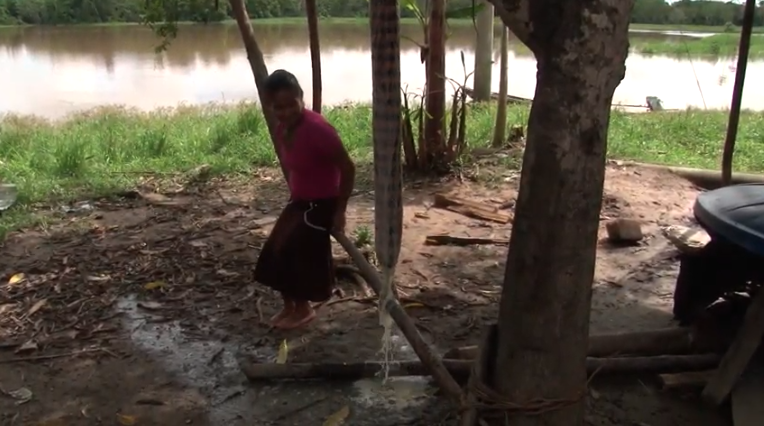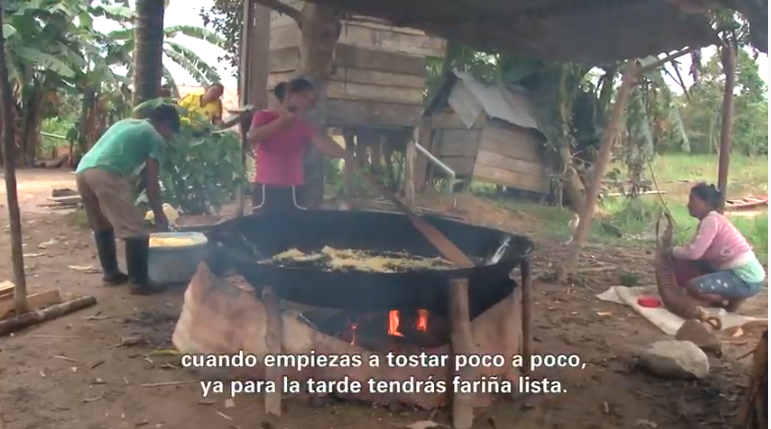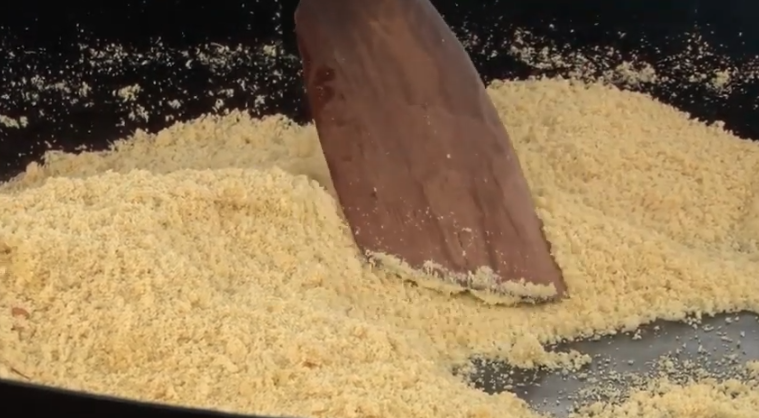Last year, when
![[personal profile]](https://www.dreamwidth.org/img/silk/identity/user.png) wakanomori
wakanomori and I went to Amazonas, one thing I really loved was fariña, a preparation of cassava made by grating it, then roasting it. After returning home, I found a great video on the making of it among the Tikuna (I wrote about it
here; the entry had screenshots from the video). And I knew that was something I really, really wanted to participate in if I ever got the chance.
And I did get the chance, and it was (a) just like the video and (b) lovely, and (c) I made a great friend who had nearly the same name as me.
First went to a little shop in a residential part of Letícia to get rubber boots for me. Then we went by taxi to a point in the middle of apparent nowhere, and the taxi let us out. There was a tiny path leading into the landscape, and we set out on that:
( four photos: little shop, taxi, and two of the path )All along the way there were wild fruits we could just reach out and eat. Here, granadilla, a type of passion fruit. This one isn't ripe, but we had some ripe ones.

And there were garden patches and fields all along the way, too, but blending right in to the riot of other growing things. Here, pineapples:

There was also sugarcane, bananas, and... cassava! Here's a bunch which even I could see was a grouped planting (you can see some small bananas in there too, though):

At last we came to the place where the fariña roasting was happening. You can see the machine used for grating the cassava--just like in the video! But they were past that stage. The big roasting pans are also just the same! And the paddles for turning it. They graciously let me take a turn. My new friend Francy and her mom are feeling the fariña to see if it's still damp, or if it's dry. If it's dry, it's done.
You can see that the fariña is being roasted over a fire that's contained by a wall of corrugated metal that's then insulated with a mud-grass mixture. Very cool.
( the roasting area--three photos )When it's done, it gets strained to take out the large lumps, the quiebra muelas, or tooth breakers. But one of my guides likes snacking on those, and they can be good if you soak them in something, like açai juice. Açai was in season, and people were selling the juice (actually somewhere between a juice and a puree) everywhere. People like to have it mixed with ordinary fariña (not the tooth breakers) and a little sugar--wonderful.
You can see that the sieve is handmade. Beautiful.
And then it's ready to be put into a sack to take home. Francy used a scoop made from a gourd to put it in the sack, a beautiful item. On another occasion I had cassava beer, which we drank out of gourds like that, coated on the inside with a local resin. They filled a 50-lb sack with fresh-made fariña. They also had buckets of cassava starch (used to make that beer, among other things).
( straining the fariña, scooping it, plus the starch (three photos) )At some point before we left, we took a little walk around, looking at the fields. When the cassava is grown, you can walk underneath it, like in the first picture. They told me that it's ready to harvest when all but the top leaves have fallen off.
One of my guides was asking about different types of cassava, trying to correctly identify ones that were sweet (don't need to soak to remove the cyanide) from the ones that are bitter (that do need to soak). They looked at things like the leaves to be able to tell, and I was reminded of the dissertation by Clara Patricia Peña-Venegas that I've been reading, which has this diagram of all the places indigenous people look to make distinctions between types.
In her disssertation, she also said that special landraces (local cultivars) get given special names, and I saw this! "Does this one have a special name?" my guide asked of one plant, and Francy's father said, "pajarito."
Under the cut is the diagram, and also: a cleared area for farming, some stems of cassava, which are used for planting (each one is cut into smaller sections for planting), an example of one of those in the ground, and what it's like under a canopy of cassava.
( cassava agriculture (five photos) )When we were finished, we waited for a long time for transport to come. Francy's parents had huge loads: her dad carried the 50-lb bag of fariña, and her mon was carrying a similar amount of firewood. The mom, Mateas, and the bag of fariña went off with one motorcycle taxi, and the dad, the firewood, and Francy went off on another (I think: memory hazy, now). Francy's boyfriend (brother of one of my guides) and my guides and I went back in ... I can't remember now if it was a taxi or a tuk tuk!
Waiting
